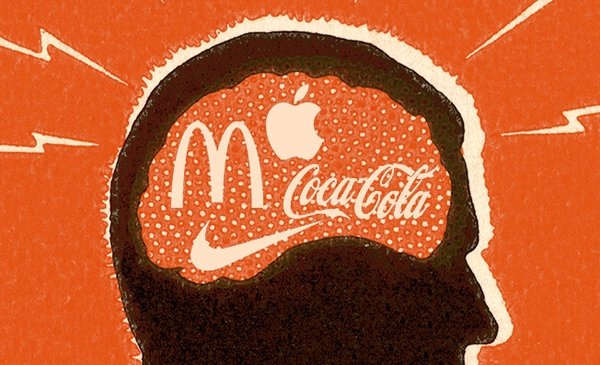
Memory’s main purpose is not to help us keep track of the past, but to help us navigate the future. This is a critical understanding for business, because decisions happen in the future…and influencing them is how you drive profits and build brands.
From this angle, marketers can use a prospective memory model when creating content, whether it be a presentation, blog, marketing campaign, training program, finance document, or IT specs. Unlike retrospective memory, which means recollecting the past, prospective memory triggers us to remember to act on a future intention.
The concept of prospective memory is gaining momentum because scientists are observing that 60–80% of the memory problems we have are not about forgetting the past—they are about forgetting the future.
Think about this in terms of your own situation. What memory problems did you experience last week? They were probably things you intended to do and forgot to do, such as picking up the dry cleaning or sending a file to your client or brand consultant. Personally, I always intend to bring a reusable bag to the supermarket, yet constantly find myself bag-less at the checkout counter.
Imagine this for a moment. You create content at Point A, hoping your audience remembers and acts on it at Point B. The skilled, modern communicator knows how to communicate information at Point A so that it sticks and motivates behavior at Point B.
Take for instance this recent IBM campaign, which advertises the concept of smart cities. The premise is that if cities were smarter, people would not have to drag their suitcases or bikes up the stairs—there would be ramps; people would not play with their phones or have lunch on the sidewalk—there would be places to sit; people would not have to stand in the rain—there would be shelter.
The ads invited people to share their own ideas for smart cities. This example showcases Point B communication. IBM could have easily set up a campaign with nice text and visuals, inviting people to share ideas for smart cities via a website or Twitter. This would have been just Point A communication. Instead, they imagined what might happen at Point B. They asked: What would people be able to see or do at Point B? When we ask that question, it is easier and—as you can see from the example below—more fun and useful to create communication at Point B.

When creating content, always ask: What will people see at Point B if your message were put into action?
Cues are one way in which we can communicate at Point A so that we influence long-term memory and convince others to act on intentions at Point B. Cues are important because they are signals for action. In the IBM campaign, with repeated messages, bikes, suitcases, shoes or rain can become cues to trigger the memory of what you saw and remind you that if you have an idea, you can share it. The mistake that too many marketers /communicators make is not thinking of environmental or internal cues that may trigger a memory and intent at Point B.
To understand the importance of cues, consider a situation in which people are asked two rapid-fire questions and to blurt out an answer to a final statement. It goes like this:
1. What continent is Kenya in?
2. What are the two opposing colors in the game of chess?
3. Name any animal.
In studies like these, roughly 20% of people answer zebra to the last sentence and about 50% respond with an animal from Africa.
If you remove the first two questions and ask anyone you know to simply name any animal, less than 1% will volunteer a zebra. By directing people’s attention to specific stimuli (Africa, black and white), it is possible to influence what they will say or do next. This is because our memories are stored in an associative way: related concepts are linked and the reminder of one spreads through a network of related concepts, making recall of a particular one more likely. This is a subconscious and automatic process called priming.
Ironically, while waiting for a client earlier today at their offices, I noticed the book below on the coffee table. The cover reinforces the connections we may already have in our minds.

Memory works on the basis of associations: one thing can trigger another. What cues exist in your customers’ world that can trigger memories of your brand?
Contributed to Branding Strategy Insider by: Carmen Simon, PhD, co-founder of Rexi Media and the author of Impossible to Ignore: Creating Memorable Content to Influence Decisions
The Blake Project Can Help: The Brand Storytelling Workshop
Branding Strategy Insider is a service of The Blake Project: A strategic brand consultancy specializing in Brand Research, Brand Strategy, Brand Licensing and Brand Education
FREE Publications And Resources For Marketers











